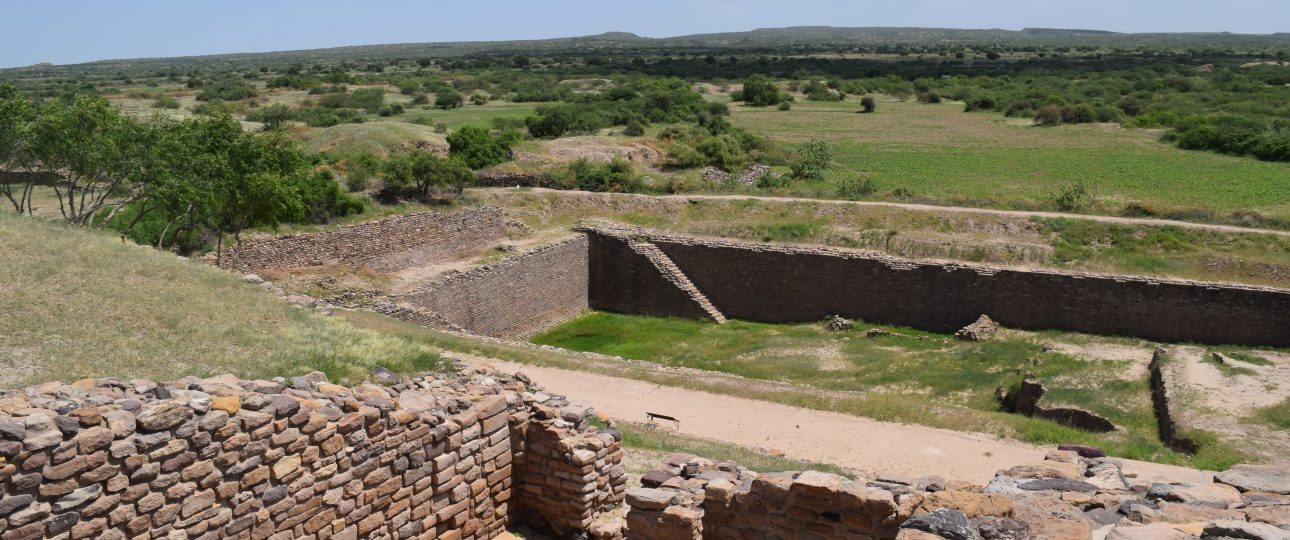Exploring Dholavira, Gujarat
Dholavira, located on the arid island of Khadir in Gujarat, India, is a fascinating destination for history enthusiasts and curious travelers alike. This ancient city, part of the Harappan Civilization, offers a unique glimpse into a world that thrived between 3000-1500 BCE. The site is one of the best-preserved urban settlements from that era in Southeast Asia, showcasing the ingenuity and resilience of its people.
The Archaeological Significance of Dholavira
Walking through Dholavira is like stepping back in time. The city is fortified, with a castle and ceremonial grounds that speak to a complex social structure. The streets and houses vary in size and quality, indicating a stratified society. The sophisticated water management system is particularly impressive, as it highlights the Harappans’ ability to adapt and thrive in a harsh, arid environment. The site also includes a large cemetery with six types of cenotaphs, reflecting the Harappans’ unique perspectives on death.
Artifacts and Trade
Archaeological excavations have uncovered a wealth of artifacts, including copper, shell, stone, jewelry made from semi-precious stones, terracotta, gold, and ivory. These findings illustrate the artistic and technological achievements of the Harappan people. Evidence of inter-regional trade with other Harappan cities, as well as with Mesopotamia and the Oman peninsula, underscores Dholavira’s role as a significant trade hub in ancient times.
Experiencing Local Culture
While Dholavira is primarily known for its archaeological significance, the local culture of Gujarat adds another layer to the experience. The people are warm and welcoming, eager to share their customs and traditions. Sampling the local cuisine is a must, offering flavors that are both unique and delicious.
Best Time to Visit
Dholavira’s climate is hot and arid, so timing your visit is crucial. The ideal time to explore is during the winter months, from November to February, when the weather is more comfortable for outdoor activities. For those looking to avoid crowds, October and March are also good options, though temperatures may vary.
Getting There and Around
By Air
The closest airport is Bhuj Airport, approximately 200 kilometers from Dholavira. From there, you can hire a taxi or take a bus. The journey takes about 4-5 hours, offering scenic views along the way.
By Train
Bhachau Railway Station is the nearest train station, well-connected to major Indian cities. From Bhachau, taxis and local buses are available to reach Dholavira.
Local Transportation
Once in Dholavira, consider hiring a local guide or renting a bicycle. The ruins cover a vast area, and a guide can provide valuable insights into the historical significance of each site. Cycling offers a unique way to explore the serene landscapes.
Key Facts
- Dholavira is an ancient Harappan site in Gujarat, India.
- The site includes a fortified city, cemetery, and sophisticated water management system.
- Artifacts found here highlight the Harappans’ artistic and technological prowess.
- The best time to visit is from November to February.
- Bhuj Airport and Bhachau Railway Station are the nearest transport hubs.
- Local transportation options include hiring a guide or renting a bicycle.




